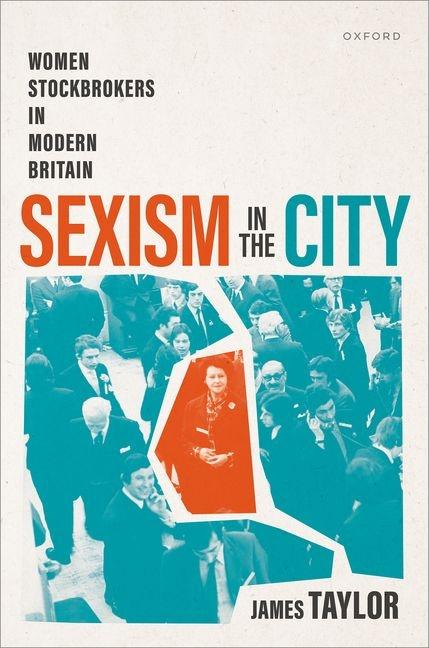Description
Though historians have recently reassessed women's role in the development of capitalism, highlighting their roles as investors and entrepreneurs, they have assumed that because women were not members of stock exchanges, they were not active as financial intermediaries until modern times. By spotlighting the lives and careers of women who worked as stockbrokers outside male-monopolized institutions, this book reframes the historical development of finance in several ways. It highlights the extent to which the seemingly gender-neutral institutions and practices of finance were, in fact, based on gendered ideologies and exclusions. It argues that focusing on institutions only reveals part of the financial ecosystem, meaning that we miss what was happening outside the formal market. And it challenges London-centric interpretations of financial history, asking questions about the financial cultures existing outside the metropolis. If we look beyond the official exchanges--and beyond London--a more diverse financial environment comes into view.
The history uncovered in Sexism in the City also helps to address problems with financial culture in the twenty-first century. Current reform initiatives are unlikely to succeed unless they acknowledge that for hundreds of years, professional identities and institutional structures in finance have been based on the denigration and marginalization of women. Acknowledging the efforts of those female stockbrokers who challenged misogynistic beliefs and defied men's monopoly of high finance by forging their own careers is the first step towards imagining a different kind of market.
Product Details
- Jun 27, 2025 Pub Date:
- 0198879814 ISBN-10:
- 9780198879817 ISBN-13:
- English Language




